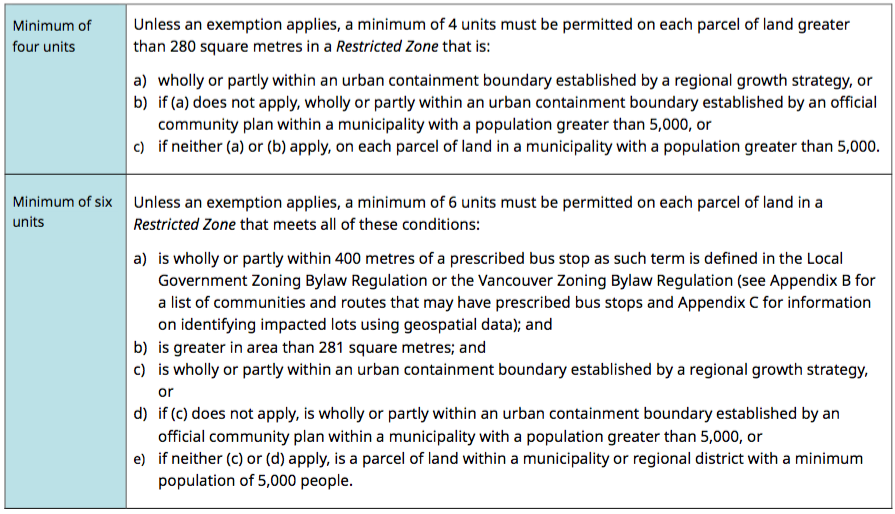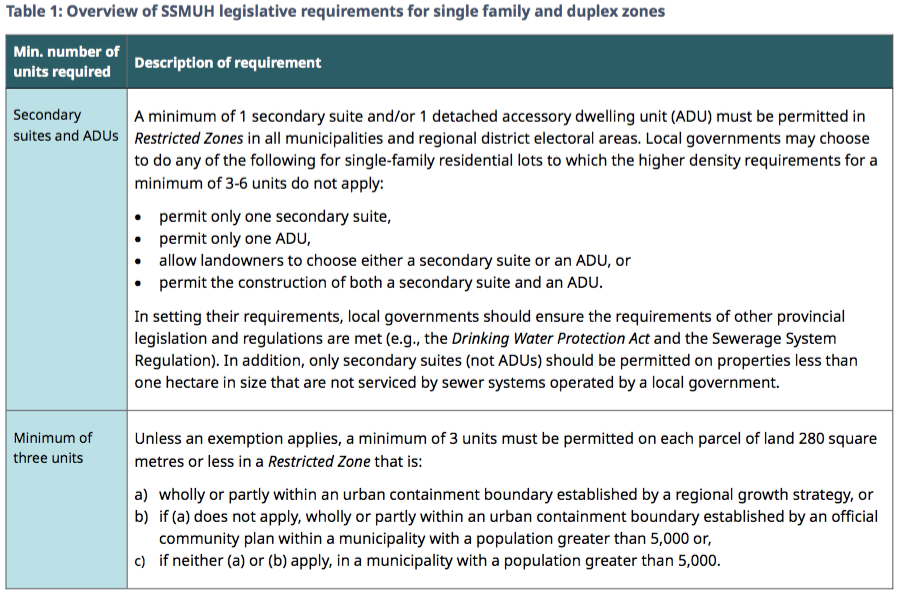Density increase becomes option on horizon for new home construction
There won’t be a rush to cram the Heritage city full of houses after a zoning bylaw amendment approved an increase to maximum densities allowed, says the City’s director of Development Services.
Sebastien Arcand said the recently approved allowances could spawn some incremental or slow changes to some of the new residential builds coming up in Nelson.
“It equates to more housing choices which increase the gamut of products, so I think that is a big thing that the province is doing,” he said.
The Province had delivered a directive to the City of Nelson to update its zoning to allow for increased maximum densities on residential properties by June 30, or be subject to a ministerial order that overrides its zoning bylaw to permit a new required minimum density of use.
In a regular City council meeting on March 5, council began the process of updating the zoning — ordered by Bill 44, adopted by the Provincial legislature in November 2023 — to allow for increased maximum densities for the purpose of creating new “small-scale, multi-unit housing.”
For Nelson, the new density allowances will increase permitted density by one new unit per lot, meaning approximately 2,900 additional dwelling units could be allowed over and above today’s zoning in the Heritage city.
There was some concern from the public about the race to fill up the city with infill housing under these new opportunities, said Coun. Leslie Payne.
“Have you had a huge influx of inquiries with these changes, and do you expect that over the 12-18 months,” it will increase, she asked.
“We’ve had some conversations with local builders that have been doing infill housing, and they are interested in exploring several local models that are unique,” Arcand replied. “Uptake is expected to be gradual, validated by the relatively low number of R1 properties that have built an additional dwelling since the R1 zone was amended in 2018 to permit up to three units.”
Arcand added that — despite the increase on the top end of units allowed — there would likely not be a rush to build since allowable building size and building footprint will not be increased. If a property owner chooses to build four units on a lot, they will be required to fit those units into the same building envelope currently permitted for a single-detached home.
“Those (setbacks) are things that we want to look at when we do the comprehensive zoning review,” in the future, said Arcand.
City has to perform a housing needs assessment report projecting the next 20 years, and then adjust the Official Community Plan to reflect that demand.
“We have plenty of zoned land to accommodate the demand, that is not the issue, that was not the issue before these zoning changes,” said Arcand. “We have a lot of infill opportunities.”
Although the Provincial directive had been talked about a number of times in open council meetings, the amendment wasn’t really up for debate, said Mayor Janice Morrison.
“We can’t modify this. This is the Provincial government’s legislation, so we have to follow suit,” she said.
“The same setbacks, height and lot coverage restrictions apply,” he said. “The current minimum lot size for subdivision will also continue to apply, but if a large lot is subdivided, each of the new lots will be allowed up to four units.”
The Province is requiring all municipalities over 5,000 residents to adopt the prescribed minimum residential densities by June 30, with the over-arching intent to increase housing supply.
Toward fulfilling the requirement, the City passed the final two readings of the Zoning Amendment Bylaw and the Off-Street Parking and Landscape Amendment Bylaw.

By the numbers
The proposed zoning amendment increases the permitted density in the R1, R3, R6 and CD6 zones to meet the new Provincial requirement:
- On lots less than or equal to 280 sq. m.: three dwellings will be allowed;
- On lots greater than 280 sq. m.: four dwelling units will be allowed; and
- The CD9 zone must also be amended to allow four units.
The Provincial legislation only requires changes to single-family and duplex zones, while manufactured home and medium-density zones do not need to be re-zoned.
The proposed amendment includes a clause that goes beyond the strict minimum, adding multi-unit residential as a use on any lot in the R1, R6, and CD6 zones. Currently, multi-unit residential — which includes rowhouses — is only permitted on R1 lots with a minimum size of 0.4 hectares (4,000 sq. m.).
“Staff are of the opinion that it is prudent to allow multi-unit in order to comply with this mandate because under the current list of permitted uses, the only form that a four-unit R1 development could take is that of a duplex with two secondary suites, or a duplex with one suite and a laneway house,” said Arcand. “Limiting all development to this one formula could be considered as ‘unreasonably’ restrictive. This change will ensure compliance with the intent of the legislation and will also contribute to greater range of possible designs and configurations.”


























